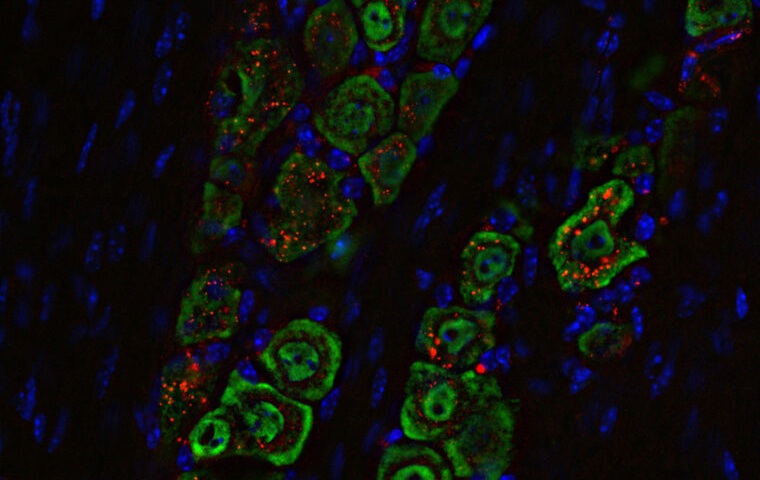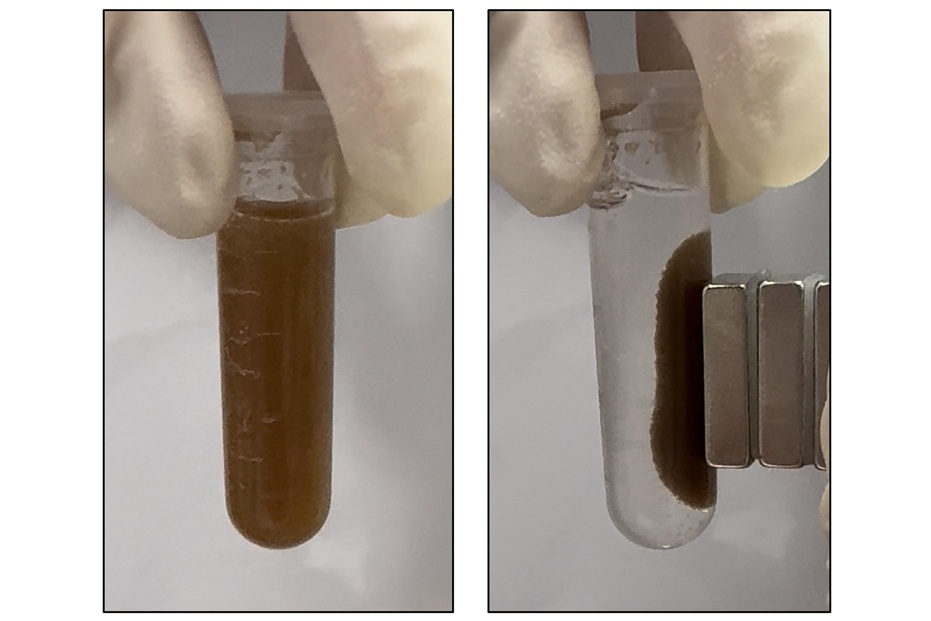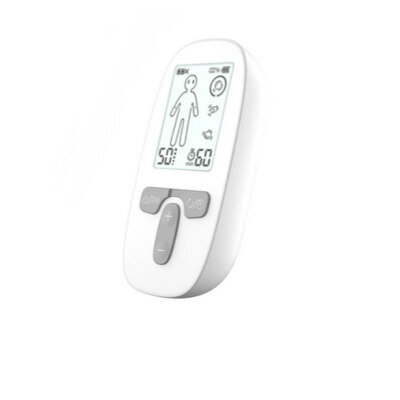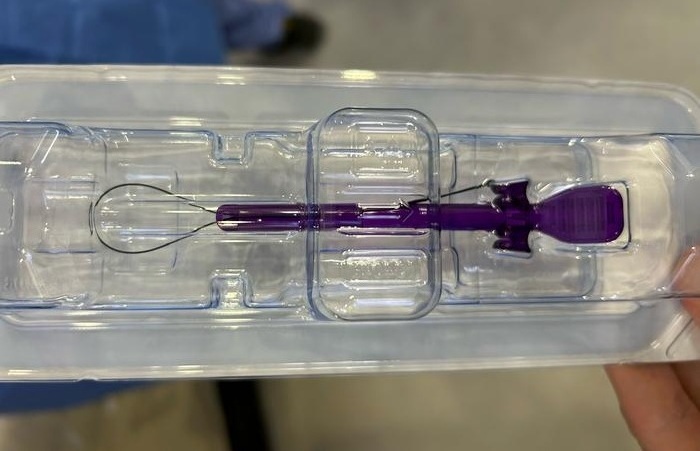Alliance to Improve Detection of Cancer
|
By HospiMedica staff writers Posted on 01 Nov 2000 |
In a strategic alliance aimed at improving the detection of cancer, Eastman Kodak Company (Rochester, NY, USA) plans to integrate computer aided detection (CAD ) software from R2 Technology (Los Altos, CA, USA) into its computed radiography (CR) and digital radiography (DR) systems.
R2 Technology uses pattern recognition algorithms to mark areas with subtle characteristics of specific disease states so radiologists can study those areas in greater detail, thereby enabling them to identify early-stage cancers. The company's ImageChecker System is based on this technology and is the only CAD system to be cleared by the U.S. Food and Drug Administration (FDA) for breast cancer screening. For every 1,000 cancers currently detected by mammography, R2 Technology reports that use of the ImageChecker could result in early detection of an additional 20,500 breast cancers.
Kodak and R2 Technology will work together to develop new applications for CAD technology in conjunction with a variety of imaging modalities. One field of interest is lung cancer, where currently only about 15% of cancers are found in the early stages because the disease is difficult to detect then. In the United States alone, an estimated 156,900 people will die of the disease in the year 2000.
R2 Technology uses pattern recognition algorithms to mark areas with subtle characteristics of specific disease states so radiologists can study those areas in greater detail, thereby enabling them to identify early-stage cancers. The company's ImageChecker System is based on this technology and is the only CAD system to be cleared by the U.S. Food and Drug Administration (FDA) for breast cancer screening. For every 1,000 cancers currently detected by mammography, R2 Technology reports that use of the ImageChecker could result in early detection of an additional 20,500 breast cancers.
Kodak and R2 Technology will work together to develop new applications for CAD technology in conjunction with a variety of imaging modalities. One field of interest is lung cancer, where currently only about 15% of cancers are found in the early stages because the disease is difficult to detect then. In the United States alone, an estimated 156,900 people will die of the disease in the year 2000.
Latest Business News
- Philips and Masimo Partner to Advance Patient Monitoring Measurement Technologies
- B. Braun Acquires Digital Microsurgery Company True Digital Surgery
- CMEF 2025 to Promote Holistic and High-Quality Development of Medical and Health Industry
- Bayer and Broad Institute Extend Research Collaboration to Develop New Cardiovascular Therapies
- Medtronic Partners with Corsano to Expand Acute Care & Monitoring Portfolio in Europe
- Expanded Collaboration to Transform OR Technology Through AI and Automation
- Becton Dickinson to Spin Out Biosciences and Diagnostic Solutions Business
- Boston Scientific Acquires Medical Device Company SoniVie
- 2026 World Hospital Congress to be Held in Seoul
- Teleflex to Acquire BIOTRONIK’s Vascular Intervention Business
- Philips and Mass General Brigham Collaborate on Improving Patient Care with Live AI-Powered Insights
- Arab Health 2025 Celebrates Landmark 50th Edition
- Boston Scientific Acquires Medical Device Company Intera Oncology
- MEDICA 2024 to Highlight Hot Topics of MedTech Industry
- Start-Ups To Once Again Play Starring Role at MEDICA 2024
- Boston Scientific to Acquire AFib Ablation Company Cortex
Channels
Critical Care
view channel
Focused Ultrasound Technique Successfully Treats Pediatric Brain Cancer
Treating brain cancer in children remains one of the most difficult challenges in medicine, largely because most chemotherapy drugs cannot reach tumors deep inside the brain. A key obstacle is the blood-brain... Read more
Nasal Drops Fight Brain Tumors Noninvasively
Glioblastoma is one of the most aggressive and fatal brain cancers, progressing rapidly and leaving patients with very limited treatment options. A major challenge has been delivering effective therapies... Read more
AI Helps Optimize Therapy Selection and Dosing for Septic Shock
Septic shock is a life-threatening complication of sepsis and remains a leading cause of hospital deaths worldwide. Patients experience dangerously low blood pressure that can rapidly lead to organ failure,... Read more
Glowing Bacteria ‘Pills’ for Detecting Gut Diseases Could Eliminate Colonoscopies
Diagnosing gastrointestinal diseases such as colitis and colorectal cancer often relies on colonoscopy, an invasive procedure that many patients avoid despite ongoing symptoms like bleeding, cramping, and diarrhoea.... Read moreSurgical Techniques
view channelLaparoscopic Surgery Improves Outcomes for Severe Newborn Liver Disease
Biliary atresia is a rare but life-threatening liver condition in newborns that blocks bile flow and leads to progressive liver damage if not treated early. Surgery is typically performed within the first... Read moreNovel Endoscopy Technique Provides Access to Deep Lung Tumors
Detecting lung cancer early can save lives, but diagnosing small tumors deep in the outer regions of the lungs remains a major clinical challenge. Although CT scans frequently identify tiny suspicious... Read morePatient Care
view channel
Revolutionary Automatic IV-Line Flushing Device to Enhance Infusion Care
More than 80% of in-hospital patients receive intravenous (IV) therapy. Every dose of IV medicine delivered in a small volume (<250 mL) infusion bag should be followed by subsequent flushing to ensure... Read more
VR Training Tool Combats Contamination of Portable Medical Equipment
Healthcare-associated infections (HAIs) impact one in every 31 patients, cause nearly 100,000 deaths each year, and cost USD 28.4 billion in direct medical expenses. Notably, up to 75% of these infections... Read more
Portable Biosensor Platform to Reduce Hospital-Acquired Infections
Approximately 4 million patients in the European Union acquire healthcare-associated infections (HAIs) or nosocomial infections each year, with around 37,000 deaths directly resulting from these infections,... Read moreFirst-Of-Its-Kind Portable Germicidal Light Technology Disinfects High-Touch Clinical Surfaces in Seconds
Reducing healthcare-acquired infections (HAIs) remains a pressing issue within global healthcare systems. In the United States alone, 1.7 million patients contract HAIs annually, leading to approximately... Read moreHealth IT
view channel
EMR-Based Tool Predicts Graft Failure After Kidney Transplant
Kidney transplantation offers patients with end-stage kidney disease longer survival and better quality of life than dialysis, yet graft failure remains a major challenge. Although a successful transplant... Read more















